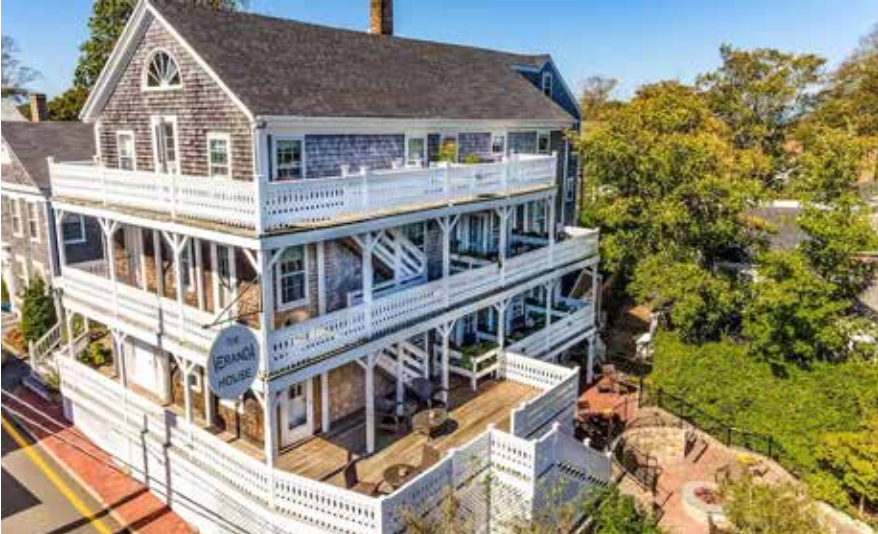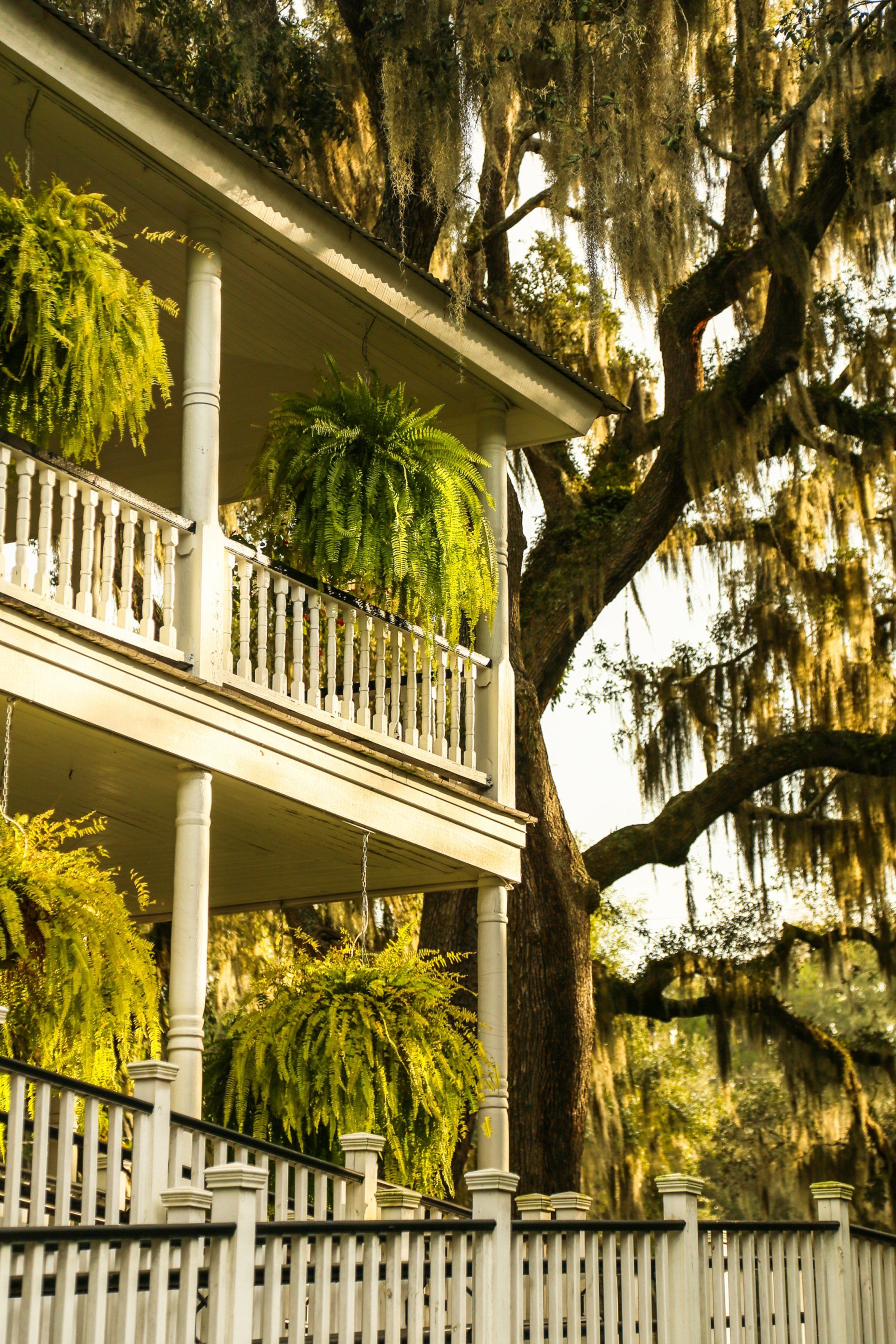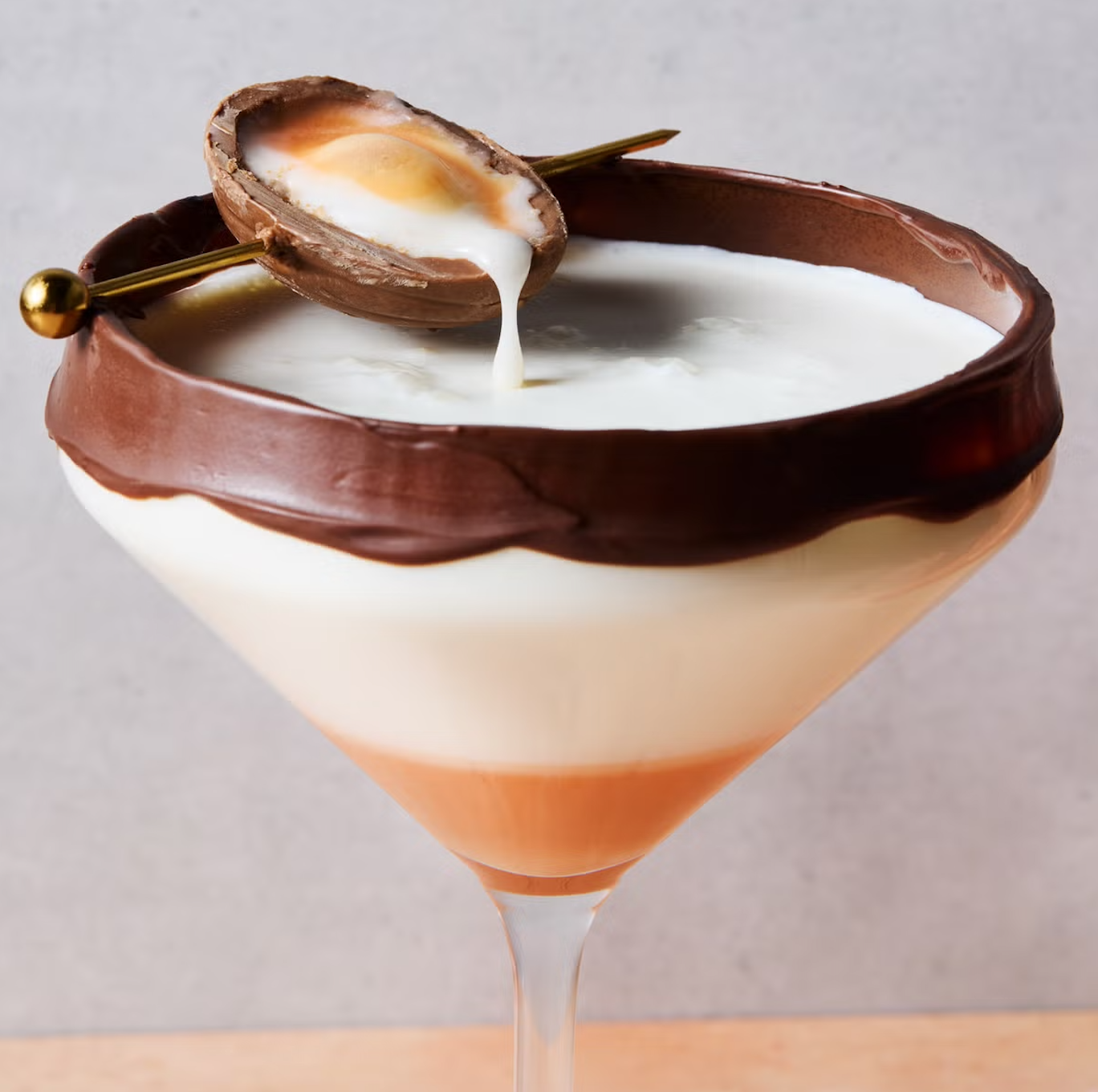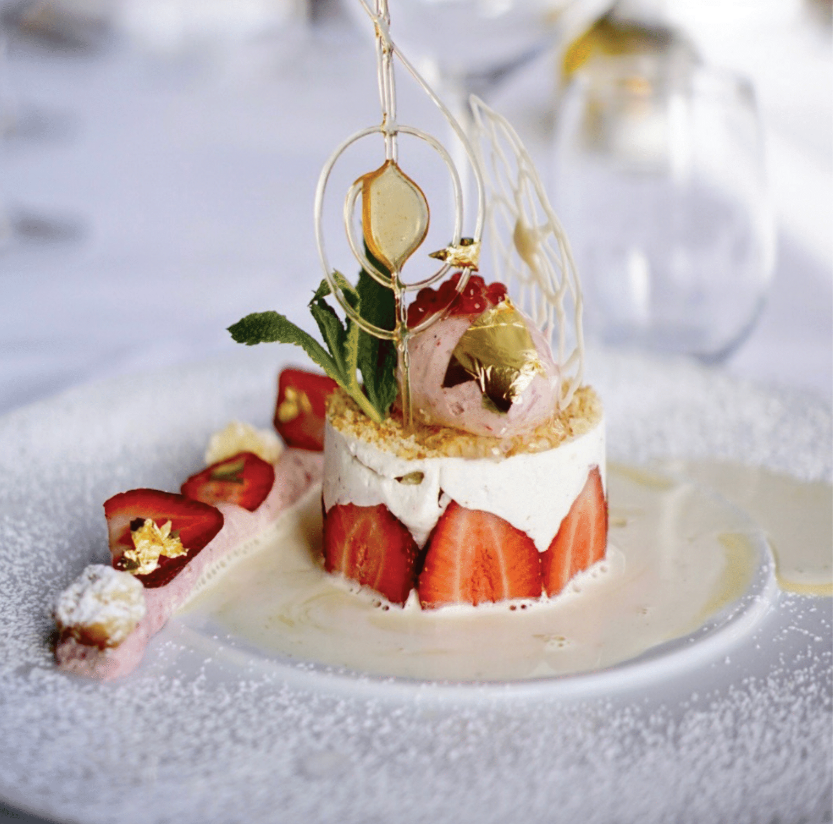Southern Traditions -
How Food and Community Define the American South
Raised to revere my Southern heritage as a badge of honor wasn ’ t really a thing in my family. It was simply where my people and their people originated. Though, to this day, there ’ s no denying my lineage as soon as the first words roll out of my mouth. It ’ s only with one of those back-handed compliments, or imitating my dialect from someone of parts unknown that I am compelled to, indeed, bless their heart. Yet, I ’ m forever endeared to those finding my Southerness sweet music to their ears.
With all of our flaws, most of us Southerners possess an uncanny knack for hospitality like no other. A knack where “ Have you eaten?” is a common vernacular, a full expression of love, if you will. May it be biscuits, pimento cheese, barbecue and the likes, it ’ s the spirit in which they are made which, at least in part, defines our identity.
Country as cornbread and biscuits
I ’ ve been making both since I was barely able to reach the kitchen counter. It ’ s just in my nature to do so. So, if you ’ re like me and know the phrase “ sop your plate, pie ’ s coming,” chances are good that your choice of cornbread or biscuit as a mode of transportation for said sopping dictates a deeper understanding of your actual whereabouts.
It ’ s all in your raising, or rising as the case may be.
Southern quick breads such as biscuits and cornbread came about during the pre-civil war era, as a means to limit the time a wood-fired stove needed stoking, especially during the hot summer months. Friendly debates about whether the addition of sugar in a cornbread recipe proves blasphemous, or perhaps the proper applications for angel biscuits, beaten biscuits, and soda biscuits continue. But, most often cooked by the hands of slaves, their origins can be traced back well before the American South even existed.
It ’ s because of the efforts of folks like Asheville native, Hanan Shabazz, who affirms this vital role African-Americans play in Southern discernment, that we are able to know the complete story of our palate ’ s anthropology.
Hanan attests that she has spent her entire life using food as a means to make friends with those who she felt could elevate her. Awarded the Southern Foodways Alliance 2020 Ruth Fertel Keeper of the Flame Award, she ’ s also a culinary mentor for the James Beard Award-Winning restaurant, Benne on Eagle in downtown Asheville, North Carolina. Hanan works closely with Benne ’ s team to ensure that the history of African-American foodways continues to thrive.
A brawl of Southern proportions
Much to our chagrin, pimento cheese isn ’ t a Southern original, but some of its ingredients are.
The Biscuit King himself, and chef-owner of Biscuit Love in Nashville, Tennessee, Karl Worley once weighed in on his favored mayonnaise. While experimenting with pimento cheese recipes, he made no apologies for his lack of affinity for the Greenville, South Carolina icon, Duke ’ s Mayonnaise. Soon, a host of chefs threw their hats into the ring. BJ Lofton of Riff ’ s Truck, also located in Nashville, started the trending Twitter hashtag #mayogate, and so ensued the now infamous food fight. For the record, Worley is more of a Hellmann ’ s kind of guy which actually hails from New York.
Pimento cheese became a nationwide classic during the early part of the 20th century, proving a sandwich spread of choice for WWI troops thanks to its delicious portability.
It ’ s the actual pimento pepper where the South lays its claim. Founder of Pomona Products, George Riegel requested pimento seeds from the Spanish consulate to test in his red clay Georgia soil. Riegel eventually became the first U.S. farmer to grow the sweet, heart-shaped peppers in 1916.
A sense of place
Both a noun and a verb, whether you spell it barbecue, barbeque, or BBQ matters not to most Southerners, as long as any of these spellings aren ’ t referencing something grilled. Of highest caliber, this art form varies in style with four primary categories based on its region: North Carolina, Memphis, Kansas City, and Texas. Still, the style can be quite fluid depending upon components. There ’ s whole hog, brisket, ribs, sausage, and chicken, depending on location. The sauces and seasonings vary just as much from vinegar mops to dry rubs galore, along with an array of hardwood options for the most enticing smoke factor. And, then there ’ s Alabama White Sauce. Mayogate has nothing on this particular discussion.
Regardless of your preferred potion, barbecue is one of those foods upon which community is built.
It was 2013, when Pitmaster Rodney Scott ’ s family barbecue business burnt to the ground in Hemmingway, South Carolina. A good old-fashioned barn raising commenced, as NPR personality, Debbie Elliott recalls. Southern culinarians from near and far joined forces in producing fundraising events within their respective regions to help Scott rebuild.
Today, Rodney Scott ’ s Whole Hog BBQ is a Charleston, South Carolina mainstay. Featured in the 2020 season BBQ episode of the Netflix series Chef ’ s Table, you can watch Scott in his natural element, the epitome of Southern institution.
Later this spring, published by the University of North Carolina Press, Soul Food scholar, Adrian Miller ’ s newest book releases, Black Smoke: African Americans and The United States of Barbecue. Miller highlights Scott ’ s work along with many other American pitmasters sharing the love of this cherished Southern tradition.
When all else fails, take to the porch
Once considered a status symbol, porch sitting offers connection from our home to the outside world. This specific genre of rest and relaxation came from the necessity to escape summer ’ s unbearable heat in a Southern home. It wasn ’ t until the 1980s that the front porch became America ’ s first mandated architectural feature for the planned community of Seaside, Florida providing nature ’ s answer to energy efficiency.
While porch sitting stands the test of time as an essential element of self-care for many, it ’ s never been more apparent than now. From socially distanced happy hours, to make-shift performance stages, porch sitting is a favorite Southern past time these days.
Whereas professional family pictures aren ’ t the most COVID-friendly options in capturing this place in time, photographers have also taken to porches for the ultimate in pandemic pivots, the family porch portrait.
Maybe those awkward studio family portraits are a permanent thing of the past, and years from now we can look back at this time when families rediscovered their center with neighbors and friends as their lifeline. And, through it all, the porch served as its canvas.
We will reach the light at the end of this forsaken tunnel in due time. Until then, pour yourself a glass of sweet tea, strawberry wine, or perhaps Tennessee whiskey, pull up a chair on your porch, and simply sit a spell.





